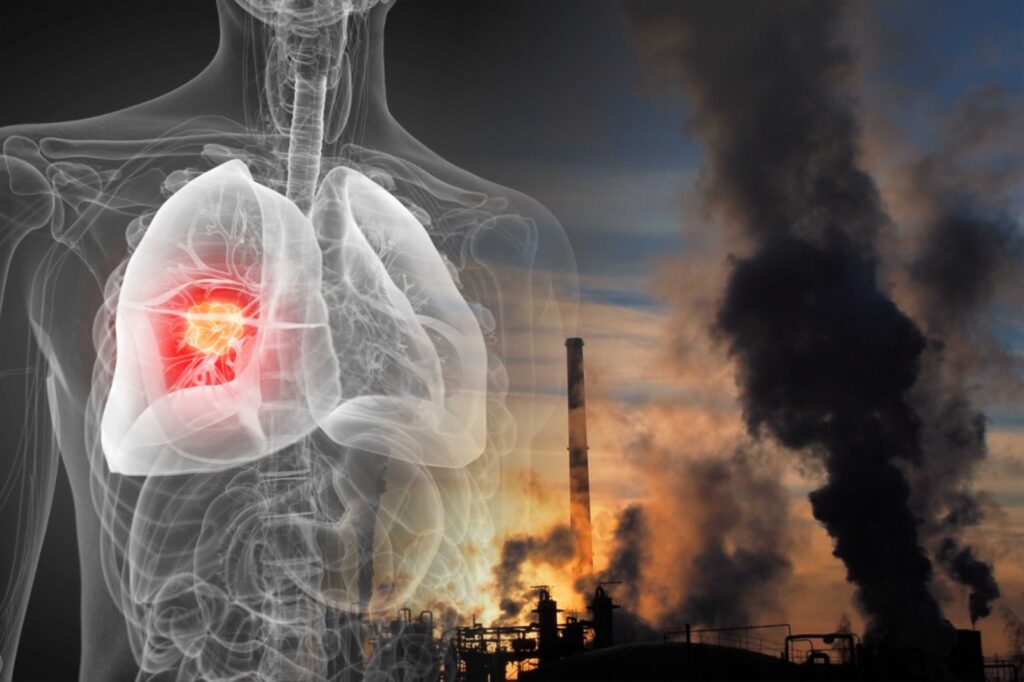
A recent study has pointed to a rising incidence of lung cancer among the non-smokers, assuming a connection of the disorder with air pollution. The latest findings are published in the journal The Lancet Respiratory Medicine on World Cancer Day.
Based on the estimates made using the data, researchers from International Agency for Research on Cancer and World Health Organization collaborated in merging information from the Global Cancer Observatory 2022 dataset to estimate cases at national levels for four subtypes of lung cancers including adenocarcinoma, squamous cell carcinoma, small-cell carcinoma, and large-cell carcinoma.
Their research findings revealed that the most common form of lung cancer in both sexes is called adenocarcinoma. This type comes from glandular tissues that are involved in the production of mucus and digestive fluids. Such was 53 – 70% of cases of lung cancers reported in the case of non-smokers in 2022.
Unlike other forms of lung cancer, adenocarcinoma bears a much more tenuous relation to cigarette smoking. “Indeed, in most countries where the smoking prevalence has been declining during the past decade, the trend for lung-cancer incidence rates among never smokers has paradoxically increased,” says lead author Freddie Bray.
The new study authors said in many countries worldwide, changes in smoking patterns along with exposure to air pollution are now considered the greatest factors that help define trends in lung-cancer subtypes.
Lungs cancer still remains to be the biggest killer in cancers. However, the study reveals that lung cancer in nonsmokers is the fifth leading cause of cancer deaths in the world, which occurs almost exclusively as an adenocarcinoma, especially among women and those of Asian ancestry.
In 2022, it was estimated that among the total new cases diagnosed with lung cancer, women were approximately 908,630, of which 59.7% or 541,971 were reported to be adenocarcinoma, respectively. Besides, around 80,378 new cases are associated with exposure to ambient particulate matter (PM) pollution.
According to Bray, “the divergent trends between men and women offer important lessons for cancer prevention professionals and policymakers in the design of effective interventions aimed at controlling tobacco use and minimizing exposure to air pollution in at-risk populations.”
The World Health Organization estimates that nearly the entire global population lives in areas where air quality does not meet WHO standards by 2019.
This evidence has only increased the imperative to bring upon sterner controls regarding air pollution and measures preventing the dastardly potential of lung cancer in nonsmokers.








